
PUMPKIN SOUP!
Having a special sushi experience is a must in Japan. It is much more different than an American/European sushi experience. If you are searching for the right place, you can have no doubt going to Sushi Kuwano for an incredible sushi feast.
Sushi Kuwano is a one star Michelin restaurant in Tokyo. Chef Kuwano is hosting his guests together with his cheerful wife. His English may not be perfect, but you are able to communicate and listen to the story of your food. We had the “omakase” menu which is the tasting menu of Chef Kuwano.
Ambiance
It is a bit difficult to find the location of the restaurant. However, it is not easy to find anything in Tokyo. I highly recommend you to print out the labeled map in advance. The venue is actually at the famous Ginza district, in parallel with the main street. But there are many other restaurants in the same street going all the way up to the highest floors with their names written in Japanese. Therefore you may spend a bit of a time finding which one of them is Sushi Kuwano.
Sushi Kuwano is a cozy place on the third floor with a tiny room for sitting and eating. It may be a bit hard for claustrophobics since there are no windows. The decoration is very plain. There are only eight counter seats so you eat together with eight people while watching Chef Kuwano prepare your sushi. The lightning and air conditioning are perfectly fine. There is a little kitchen and a very clean restroom inside.
Japanese decoration generally tries to fade in the background, focusing you on the importance of the moment. In this case, tasting sushi.
Creativity 
There is not much to talk about in terms of creativity when it comes to decoration in Japanese sushi restaurants. Usually, they are very standard with a limited number of counter seats. From the decoration to the presentation of the dishes, everything is very simple and plain. The highlight is the taste of the dishes. Creativity takes over in the diversity of the dishes. As a tourist, you are able to experience different kinds of fish that you probably haven’t ate or heard before. Perhaps even some more dishes you won’t be able to find in other sushi restaurants.
Service 
Chef Kuwano works together with his wife, both of them being great hosts. Before Chef Kuwano starts preparing the sushi, he asks if there is anything that you do not prefer eating. Although the omakase menu consists of many raw dishes, he adapted the menu for a guest who doesn’t eat raw food. Chef Kuwano values customer satisfaction at the most.
It is very hard to make a reservation in Japan if you don’t know Japanese. I have contacted our hotel to make the reservation for us since there was no online reservation system or website. Please keep in mind that you need to make the reservation as early as possible. Japanese people love going to restaurants. Only a limited number of people are able to eat at the sushi restaurants, therefore have your reservation booked in advance.
Chef Kuwano understands and speaks a fair amount of English, which doesn’t seem to be common in Japan. I didn’t see many English speaking chefs at the restaurants. So, this really is an advantage for him in terms of hosting foreign people.
The capacity of the restaurant is eight people. In my dining experience, there were three different groups which arrived at different times. In some sushi restaurants, everyone starts eating at the same time. Chef Kuwano was very successful at arranging the timing and the different sushi for the different group of guests. Each piece of sushi has an ideal eating temperature and that’s where the mastery comes in.
The omakase menu was a bit too much for me. I wasn’t able to eat quickly since I was nearly full at the halfway of the menu. I would appreciate it more if Chef Kuwano could serve me according to my eating pace. You need to eat the sushi once it is made. The sushi shouldn’t be waiting on your plate. For the same reason, you shouldn’t have drinks, because you will rapidly get full for example once you start drinking some wine. Other guests were having sake, which is strong and comes in small glasses. It would be a better idea to drink sake if you really want to drink something.
Chef Kuwano was very kind to give us souvenirs before we left. We have returned with an unforgettable memory from Sushi Kuwano.
Taste
I would like to start this section with the same little warning. You definitely need to be ready to eat a lot. I highly recommend that you don’t drink alcohol or any other beverage not to fill your tummy. As I mentioned earlier, I was already full halfway of the degustation.
Chef Kwano makes his own wasabi from Mount Fuji. He goes to the Tsukiji fish market every morning to choose the best fish for his sushi. While he was making the sushi, he checked for the fish once more and didn’t use the ones that were not the best for him. All the fish were fresh and seasonal.
My star dishes were sea eel with a grated lemon and Spanish mackerel with green onion, radish and prawn sauce. Medium fatty tuna sushi and bonito were also very delicious. Bonito was served with ginger and soya sauce. Chef Kuwano put a little baby onion inside it. He also informed us that it is only legal to fish bonito from April to June.
Some of the dishes were mediocre in terms of taste. Baby squid, spring pea, baby scallop with Japanese black pepper, boiled octopus and sea urchin were not as good as I expected them to be.
On the other hand sea snail, green-eyed fish, nodoguro fish, Hawai fish sushi, salmon sushi and omelet were outstanding. Chef Kuwano has informed us that it is not easy to make the omelet. It takes two hours of active cooking.
He served miso soup and hojicha at the end of the sushi experience. Miso soup was the best miso I have eaten in Japan.
I have eaten a bonito, green-eyed fish and a nodoguro fish for the first time in my life.
Value 
A special sushi experience is always very expensive in Tokyo. Especially, if you are having an omakase menu, it is very expensive due to the variety and the quality of the seafood. The price of the omakase menu was 30.000 yen plus taxes. This price is practically the same in all sushi restaurants with the same quality. The experience is worth it for once, but I still think that it is overpriced.


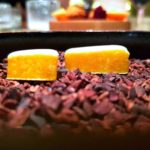
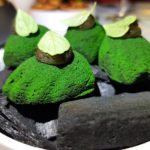

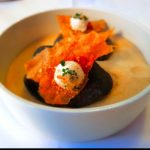

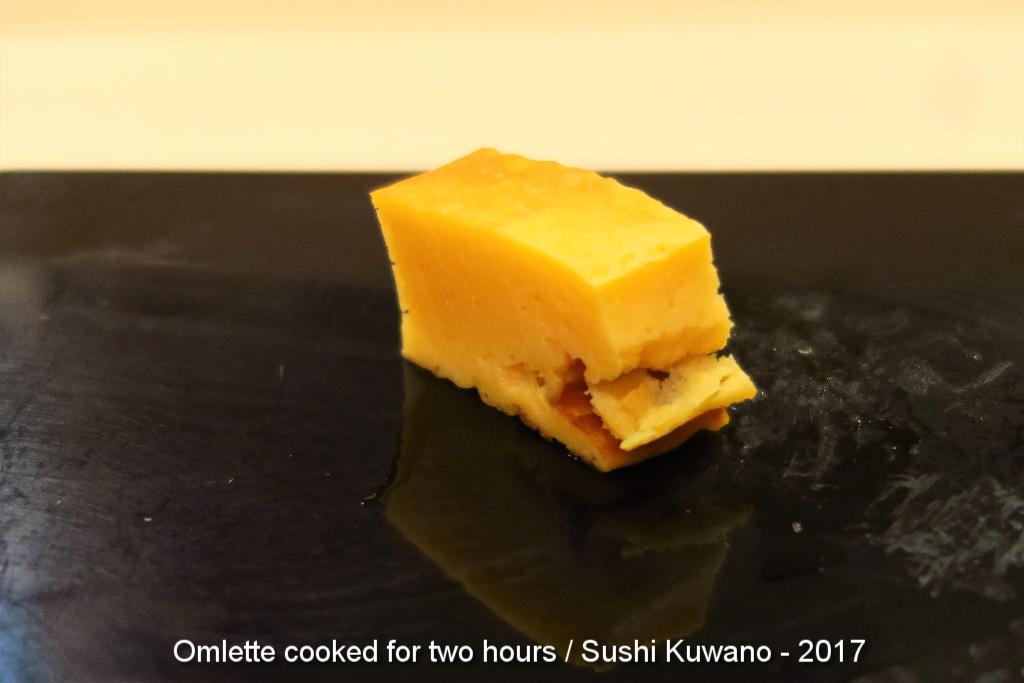
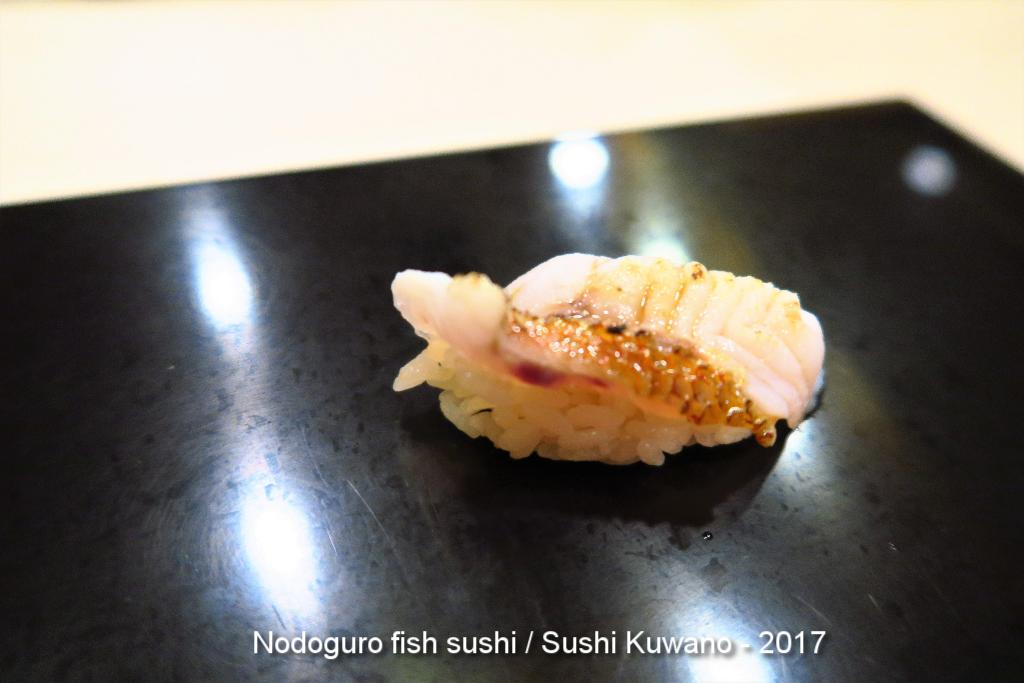
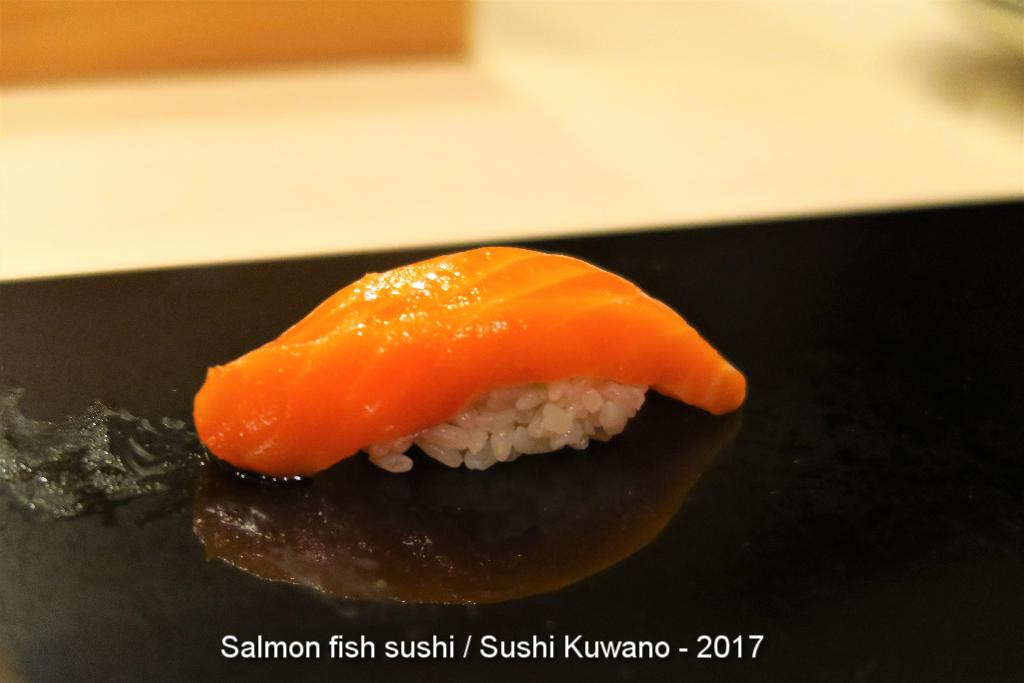
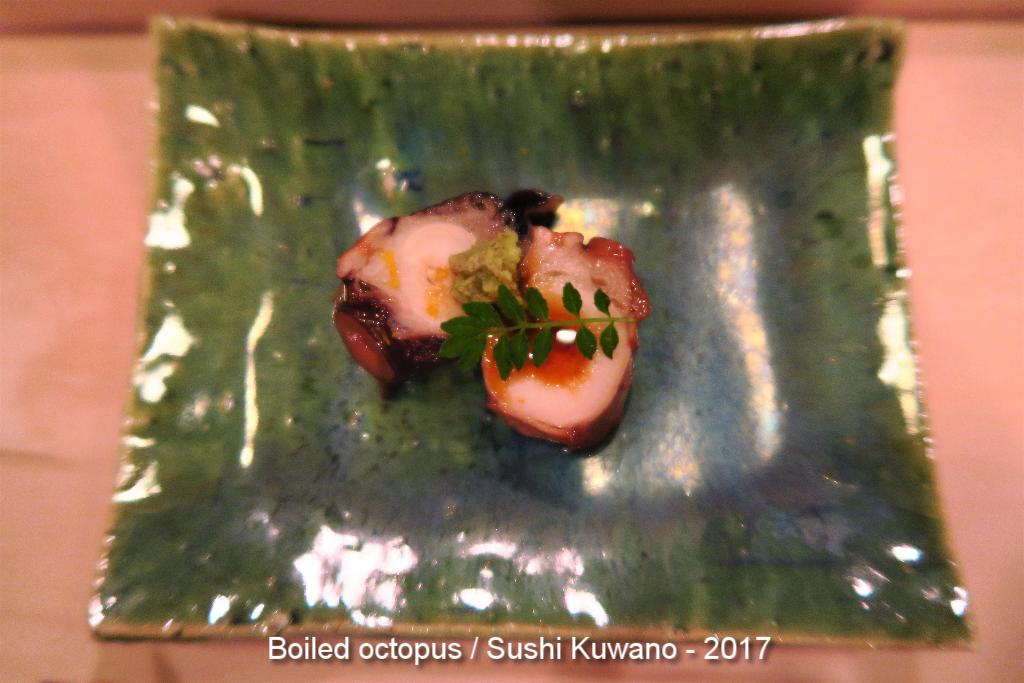
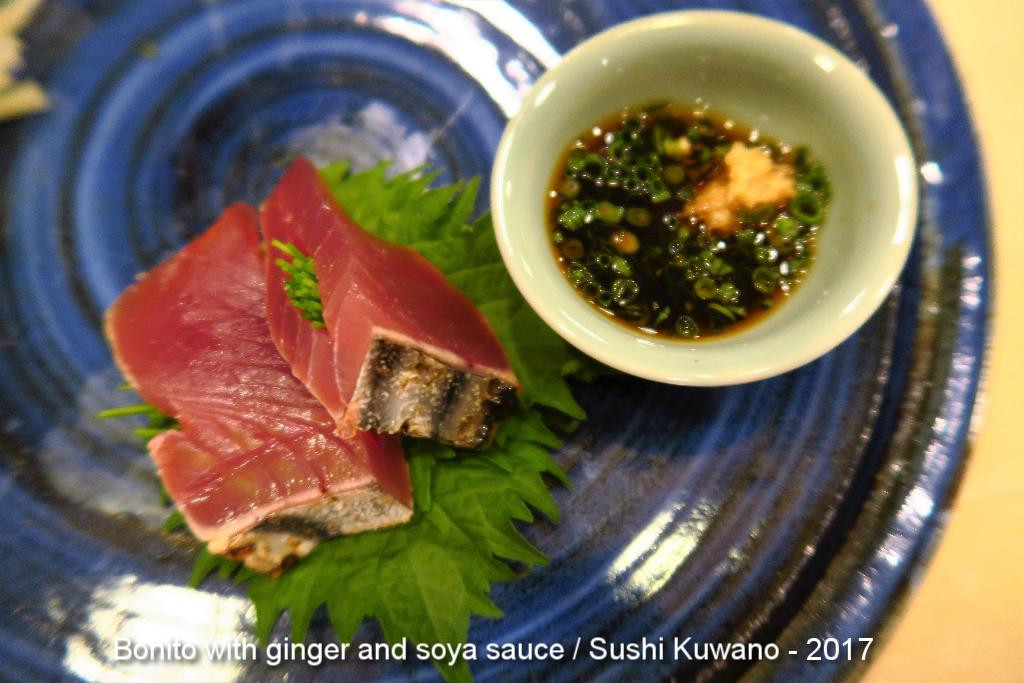
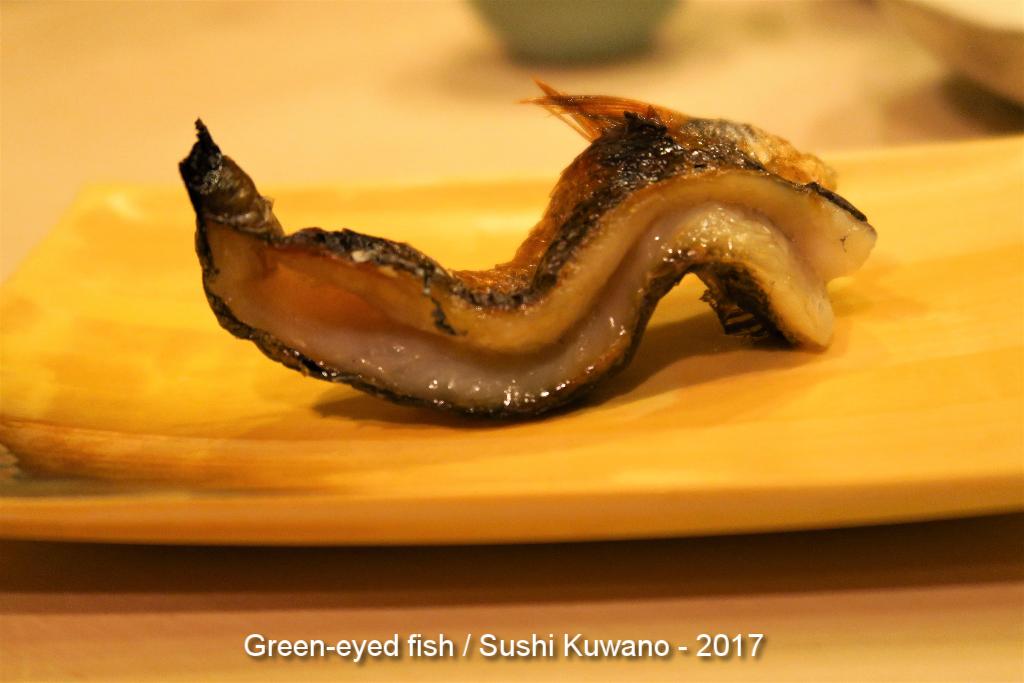
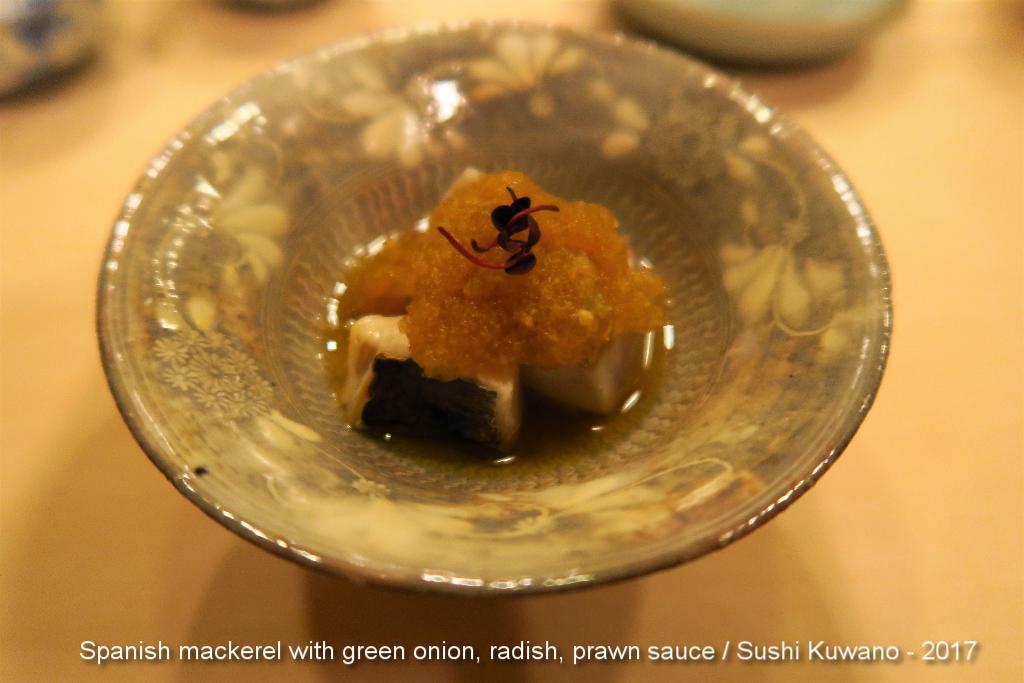
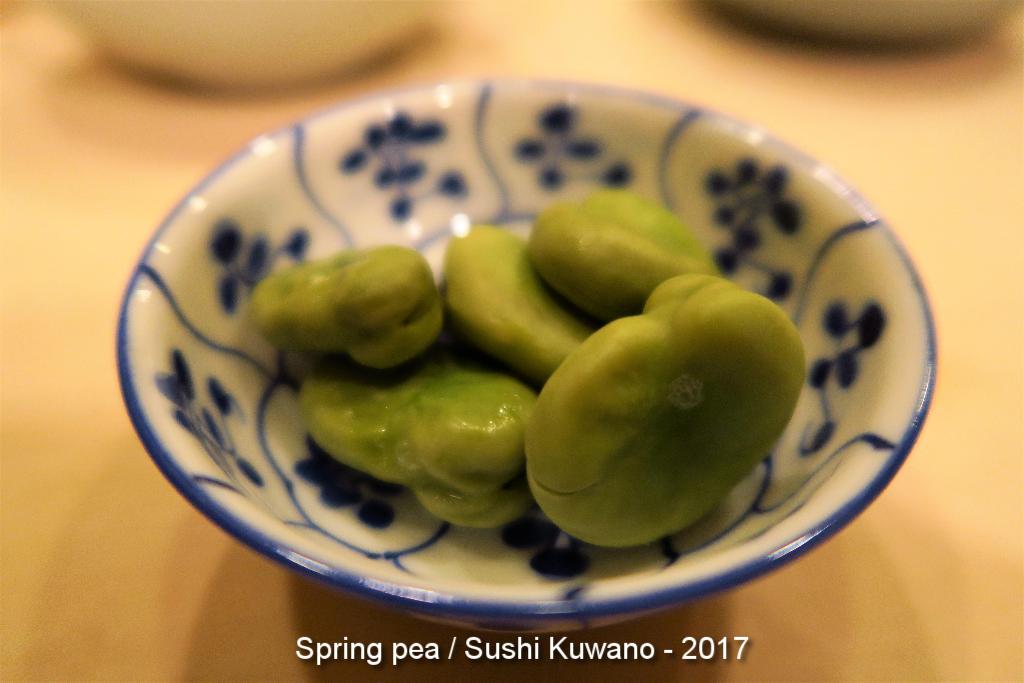
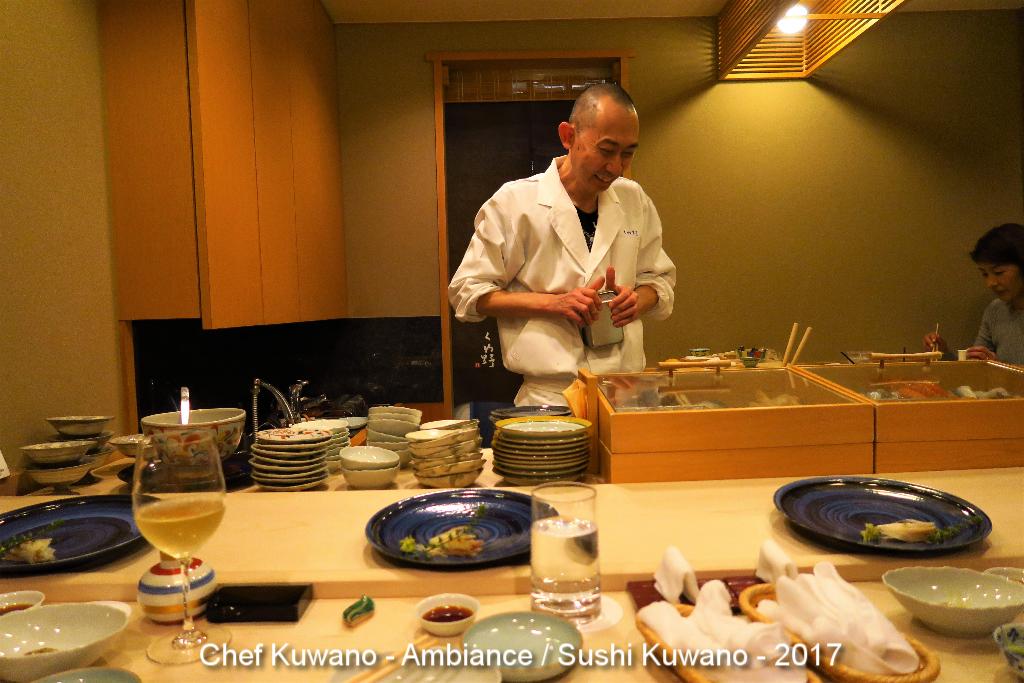
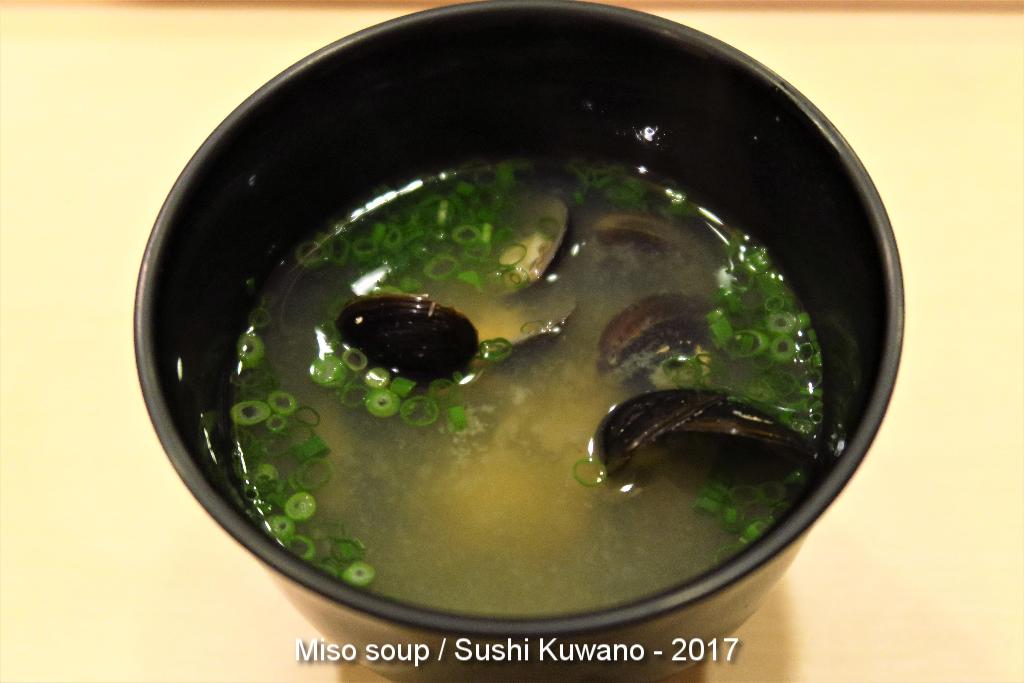
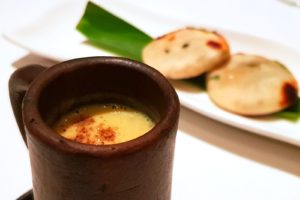
Hey Misspector, loving your reviews. Have you also visited Jiro from the documentary? Would love to read your review before we make a reservation
Dear Curtis,
Thank you for your comment.
Unfortunately, it is very hard to make a reservation at Jiro. I tried but couldn’t succeed. You need to speak Japanese and call on the day that they are making the reservations. Jiro has very limited amount of seats and a huge interest from customers. Let me know your comments if you succeed!
Pumpkins,
Misspector